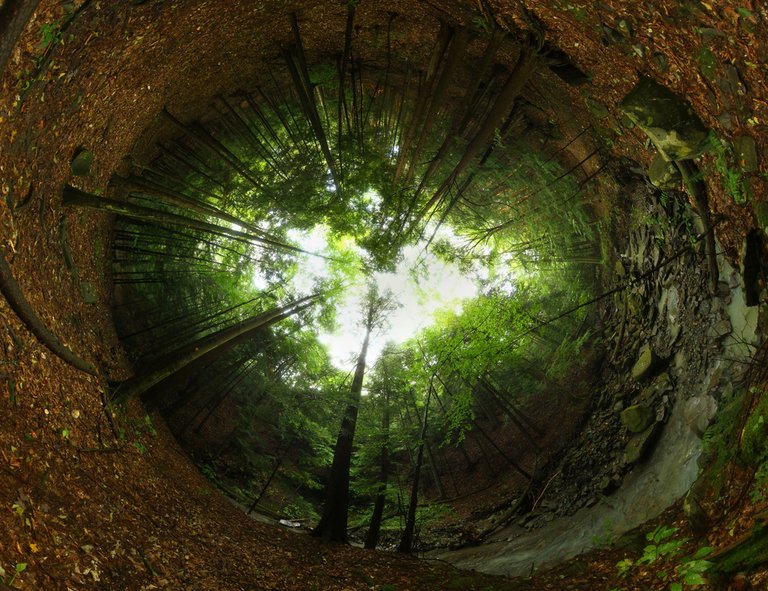The entire world population could feed in the future without deforating more forests

In order to protect today's forests, researchers at the Austrian Institute of Social Ecology wanted to analyze the existence of agricultural land sufficient to feed a growing human population. The results indicate that it is possible to feed the entire human population without more forests becoming agricultural land, but our diet would be conditioned by the fact that eating meat is the most deforestation requires.
The increasing demand for food by a constantly growing human population can be achieved by increasing agricultural efficiency (intensification) or increasing the agricultural area used. However, the increase in agricultural land conflicts with biodiversity conservation objectives.
The researchers have analyzed the possible real situations that can occur in the year 2050, taking into account variables such as the use that is given to agricultural lands, the yield that is obtained from the vapors, the feeding of livestock and the eating habits that we have human beings. Considering the amount of biomass we generate and the amount we consume, 500 possible situations have been analyzed and modeled. The results show that many of these situations would cover the food demand of the world's human population without clearing more forest land.
If the entire world human population were totally vegan, they could be 100% of the situations studied; 94% of the situations would be possible if we were all vegetarian; 66% if the diet was still as it was up to now; and only 15% if a diet in the western style aberatson, based on meat, was widespread worldwide.
Every year a forest area of the size of Panama is deforested in the world, so rainforests will disappear completely in a hundred years. The results of these models show that there are many options to feed the world population without depressing more forest areas or converting them into agricultural land, but that it depends largely on eating habits.
Buletina
Bidali zure helbide elektronikoa eta jaso asteroko buletina zure sarrera-ontzian











